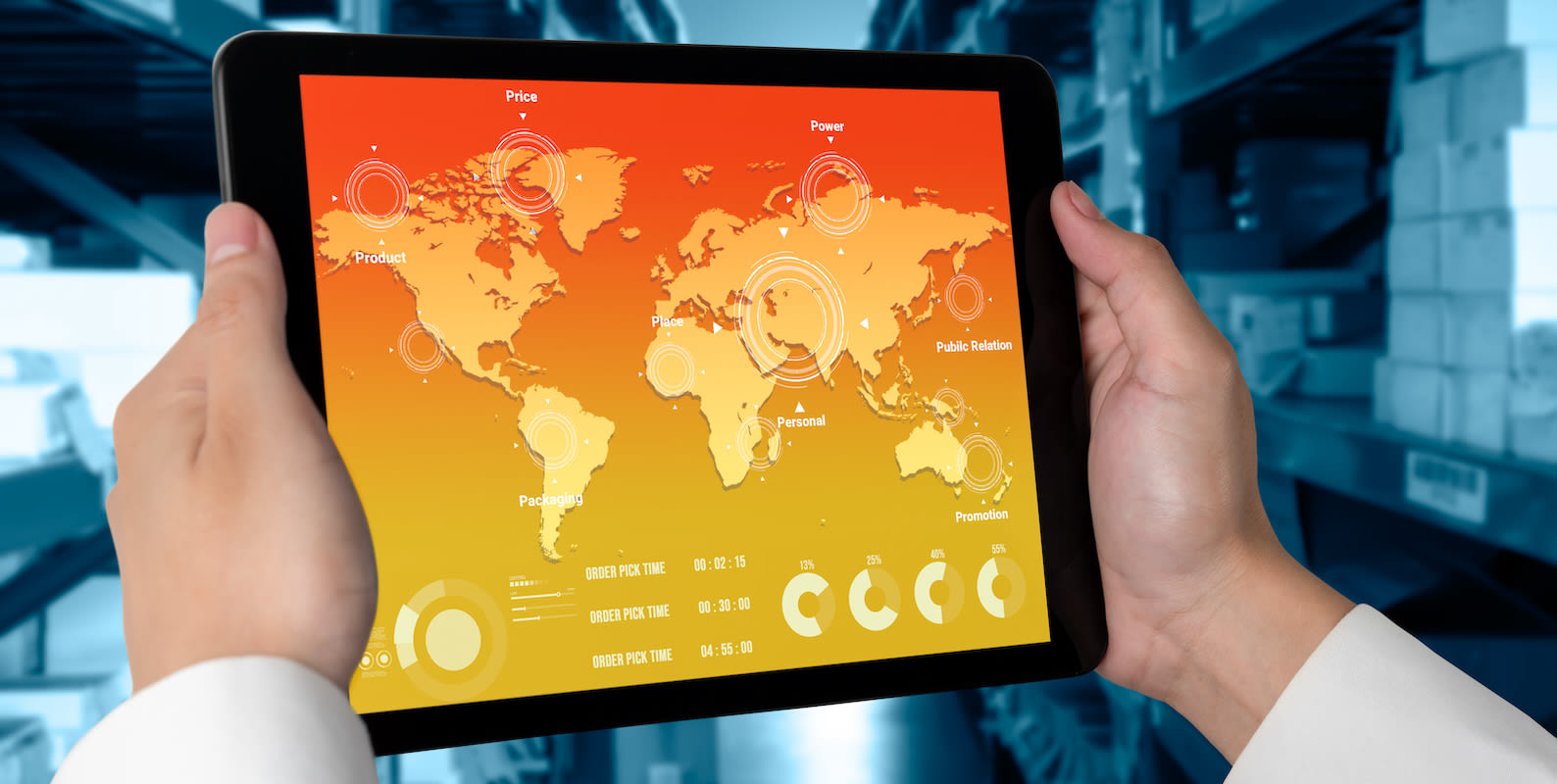
February 27, 2023
Something Wicked? Toil and trouble in U.S. consumer credit

The mystery of the U.S. consumer’s resilience is coming closer into focus, with the NY Fed’s latest release on Q4 2022 consumer credit showing a jump in credit card balances to $986 billion, a new high for the series, which it has tracked for the past twenty years. Here, we start with a primer on how people pay for goods and services and ask why the level and quality of debt–the ability of people to repay it–is once again an emerging matter of concern.
Personal consumption accounts for the bulk of economic activity in the United States. In Q4 22, it accounted for 70.5% of GDP and it has been in the ballpark of two-thirds of GDP for the past two decades-plus. Which is why consumption behavior is closely watched for signs of the health of the U.S. economy.
Personal consumption is funded by a mix of income and credit. On the income side are wages, savings, investment returns, and government transfers. Credit smoothes consumption by enabling consumers to bring forward purchases through borrowing, in the expectation that future income streams will cover both interest and principal until the loan is paid in full.
What could go wrong? If those future income streams don’t cover past spending plus interest, the borrower defaults. And therein lies the rub. For everyone.
The NY Fed’s topline consumer credit data is a potential measure of vulnerability. If borrowers are paying back their loans, all is well. The labor market is tight (3.4% unemployment); and while real wages have been fairly stagnant since Q1 2021, seasonally-adjusted personal income has been growing, if only at a slightly more rapid pace over that period. Meanwhile, the personal savings rate – the ratio of personal saving to personal disposable income – declined, although it is now rebounding.
At a time of expanding credit, is this something wicked? It might well be. If the U.S. consumer is becoming over-extended, the potential for ugliness increases.
What indicators do we watch to see if consumers are over-extended? As the NY Fed highlighted, ”The share of current debt transitioning into delinquency increased for nearly all debt types.” Those loans transitioning into delinquency of 90 days or more are the most concerning.

Figure 1 above is an estimate of the total value of the types of debt that have transitioned into 90-day delinquency as of Q4 2022 and looking back over the five-year stretch beginning Q4 2017. Student loan debt is excluded because of the moratorium on federal student loan payments.
As we can see, the value of credit card debt 90-days delinquent is the largest, at $75.6 billion. That represents a $5.4 billion rise over the previous quarter. Notably, the ‘Other’ category is consumer finance and retail loans. It, too, has been increasing, with the total value in 90-day delinquency rising $2.1 billion to $36.4 billion from Q3 to Q4 2022. Together, that is $112 billion of debt in 90-day delinquency as of the end of December.
This begs three initial questions, among many potential ones. First, are we seeing the start of a troubling new trend at a time when credit card debt has been expanding? There’s an argument to be made that if incomes pick up, the credit card – and consumer finance – debt expansion could prove sustainable in the short to medium-term.
Second, is if the U.S. consumer has actually been drawing down their personal savings over the past year, which could make it unsustainable?
Third, are new forms of lending leading to the upturn in delinquencies (or at least an old form of lending – installments – revived for today)? In a report released last September the Consumer Financial Protection Bureau flagged the need to monitor the growing ‘Buy Now, Pay Later’ market as an area of concern, highlighting ‘overextension’ as one of three risks it presents to consumers. To the extent these are captured in the data at all–and it’s not certain–they would be under the “Other” category presumably.
There are warning signs emerging. For now, they are only warning signs. But in an economy full of conflicting signals, these are among the ones to watch.
Disclaimer: The contents of this report are made available for informational purposes only and should not be relied upon for any legal, business, or financial decisions. Flexport does not guarantee, represent, or warrant any of the contents of this report because they are based on our current beliefs, expectations, and assumptions, about which there can be no assurance due to various anticipated and unanticipated events that may occur. This report has been prepared to the best of our knowledge and research; however, the information presented herein may not reflect the most current regulatory or industry developments. Neither Flexport nor its advisors or affiliates shall be liable for any losses that arise in any way due to the reliance on the contents contained in this report.
About the Author





